
One more thing I want to mention in this thread before I eventually forget about it (which I probably shouldn't): I've stated that what Vincent and Boris are doing, from an analysis standpoint, is cool--and welcomed. And I think we'd all like to know what our favorite titles are being graded with, as well as to what point on the HDR spectrum. However, what I don't think they understand is, by applying something like 'Fake HDR' upon specific titles, it could potentially turn away consumers based on a superficial metric. I mentioned it already that we already have enough ignorant people refusing to buy any UHD discs that are 2K/up-converted, and by doing so, they miss out on exceptional looking titles like the last two John Wick films, Alita (which guess what, has what you would call a 'fake HDR' grade, too), Zero Dark Thirty, and plenty of other great looking titles.
I wouldn't be surprised if someone takes what they see from Vincent and Boris' videos/analysis, and end up making a 'Real-or-Fake HDR' website, just like the 'Real-of-Fake 4K' one.
It also seems like a rather disrespectful and dismissive way of assessing the way the creator wants their work to be experienced with.
Do I like HDR? Yes.
Do I like it whenever it meets whatever these number specifications in terms of nit-output is being met? Yes. As long as it's being done by someone that is visually competent.
Does this mean I need "real HDR" to enjoy the low-pass HDR grades like 'Alita', 'Goodfellas', 'Blade Runner 2049', etc, etc
No. Absolutely not. They're still terrific looking discs. Be that from the wider color volume or improved compression, and little to nothing from HDR, I don't care. I think these films and their discs look fantastic, and I don't need some technical specifications or analysis being applied to potentially damage the quality output I am getting from the people that work on these films and discs.
To quote Roger Deakins himself: "I frankly find it offensive if someone tells me how bright my highlights need to be."
Deakins finds plenty of detail within his SDR grades. As much as I do like HDR as a new medium and a new tool for artists to work with, competent DOPs and colorists will still find plenty of range to work with in SDR. All it takes is a good photographer, which Deakins is one of the best.
Geoff brought up David Fincher.
Erik Messerschmidt's work on 'Mindhunter' is godlike. Yet I would bet that show's HDR pass doesn't exceed anything beyond 450-500 nits, yet it's still visually spectacular in its presentation.
For comparisons sake, a film like 'The Meg', wasn't that graded within a 10,000-nit container? Doesn't the max luminance of that film even exceed 4,000-nits of peak brightness on several occasions? Yet that is one ugly film to look at. That's an example of a superficial application being applied to make something look brighter and starker in contrast, yet it's just such a poorly photographed film. It's ugly.
I would take fake-HDR, subdued-HDR, no-HDR, whatever you want to call it, as long as the photography and lighting are excellent, over something that feels overcooked and superficially applied, any day of the week.
Just my remaining meaningless .02 on the subject.
Guys like Vincent, Boris, Geoff, and plenty others in this thread have forgotten more about HDR than I'll ever know. But technical terms be damned. I still have a good pair of eyes and I know what I see--and I know I don't need to know every piece of vocabulary to know that a film with a 'Fake HDR' pass can still look significantly better than a film with a real one.
Last edited by TheSweetieMan; 12-12-2019 at 06:33 PM.
|




















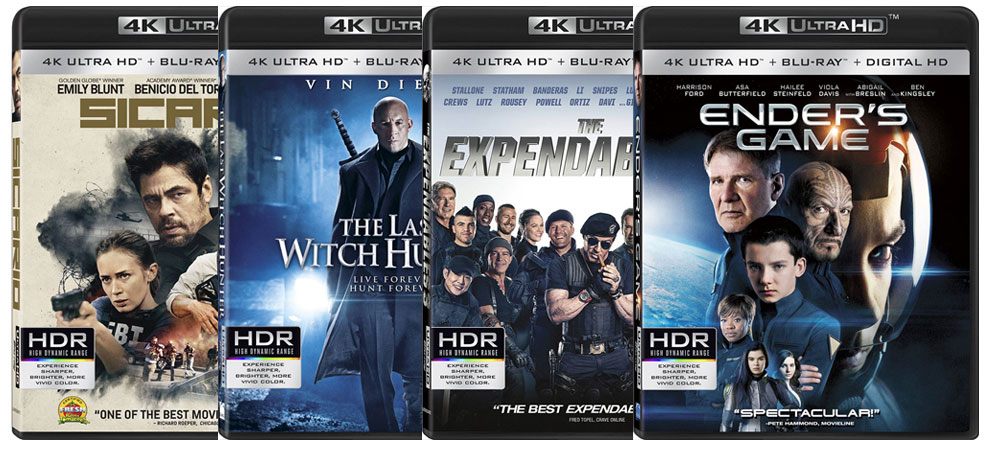
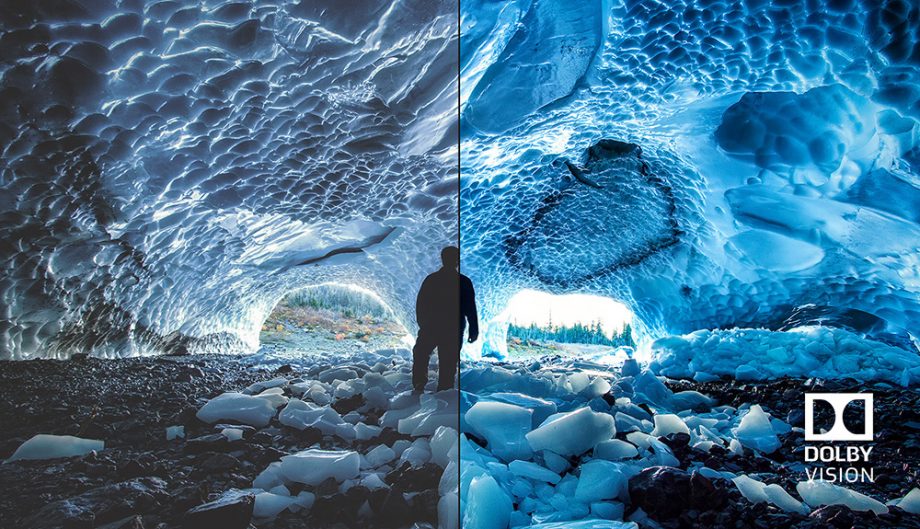
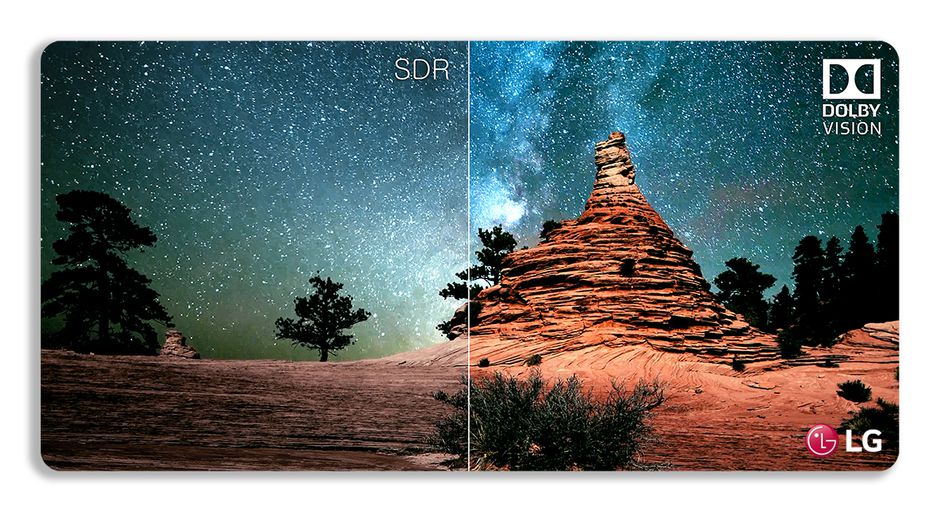





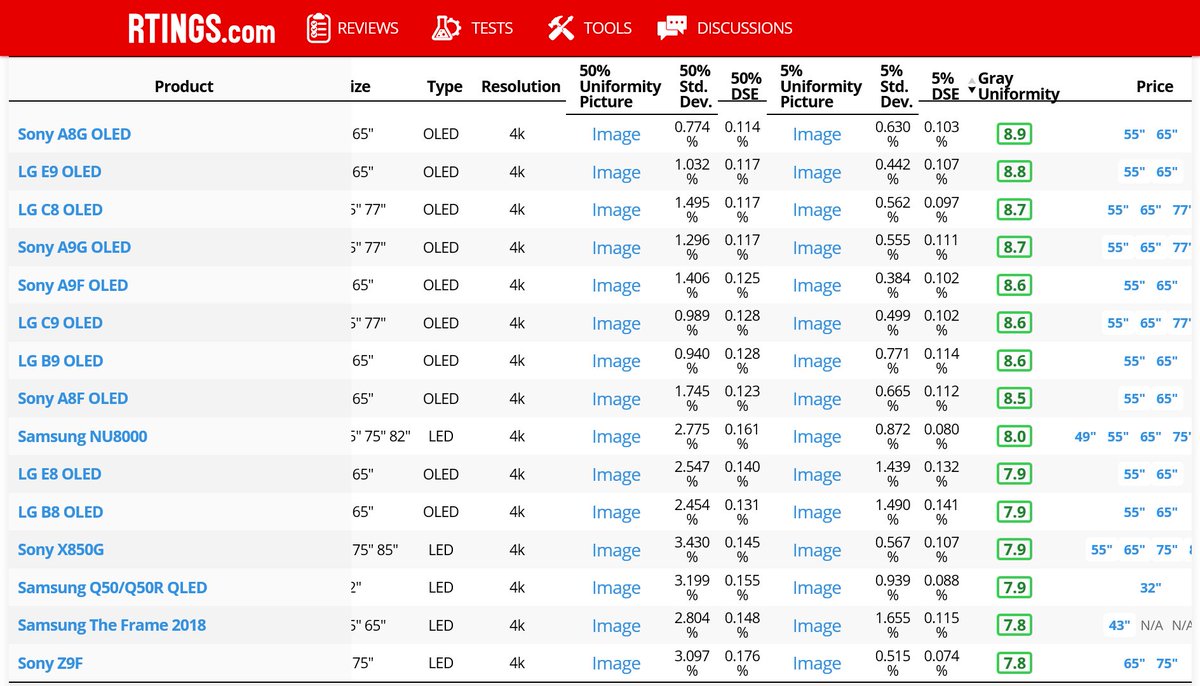
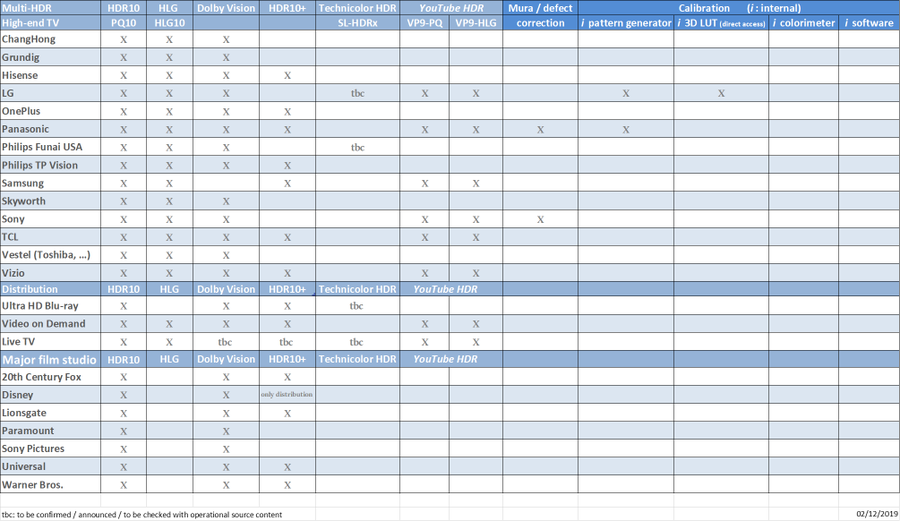
 Linear Mode
Linear Mode

